On November 18, 1865, Mark Twain published an early version of “The Celebrated Jumping Frog of Calaveras County” in The New York Saturday Press, bringing him his first real taste of national fame. Although he would later become one of America’s most important writers, this humorous frontier tale was the piece that launched his career and revealed his talent for storytelling, satire, and capturing the voices of everyday people.
Mark Twain, born Samuel Clemens, had already lived several different lives by the time he wrote the story. Before the Civil War, he worked as a steamboat pilot on the Mississippi River, a job he loved and one that influenced many of his later writings. But when the war erupted, river traffic slowed and eventually stopped. Twain suddenly found himself out of work and searching for a new direction. Like many young men of the era, he looked west, drawn by stories of adventure and the possibility of striking it rich.
Twain traveled to Nevada and California, trying his hand at prospecting for silver and gold. He lived in rough mining camps, explored boomtowns, and absorbed the colorful characters and tall tales that shaped daily life on the frontier. Although he never became a wealthy miner, he found steady work writing for newspapers and magazines, where his sharp humor and vivid descriptions quickly gained attention. It was in this lively environment that his first widely popular story took shape.
In 1865, Twain spent several months in the mining camps at Jackass Hill and Angel’s Camp in California. There he met Jim and William Gillis, along with their friend Dick Stoker. The men often passed the time by sharing stories—some true, some wildly exaggerated, and many somewhere in between. One tale in particular kept resurfacing: the legend of a remarkable “jumping frog.” The story centered on a man who trained his frog so well that it could supposedly out-jump any competitor. The idea was ridiculous, yet the miners told it with such seriousness and detail that it naturally lent itself to Twain’s style of humor.
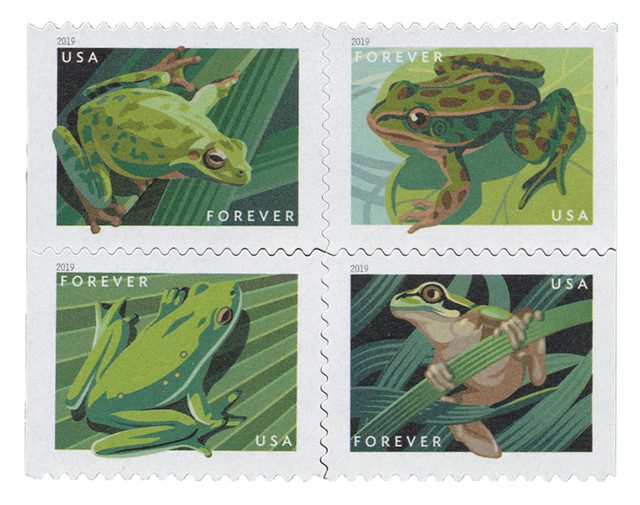
Later that year, Twain returned to San Francisco, where he continued writing for local papers. Around this time, he received an invitation from the popular humorist Artemus Ward, who was assembling a travel book about the Nevada Territory. Ward asked Twain to contribute a story. Inspired by the memories of those lively campfire conversations, Twain decided to write about the famous frog. Unfortunately, he sent the story too late for Ward’s book. But Ward’s publisher recognized its potential and forwarded it to The New York Saturday Press, a small but influential literary paper known for printing clever new voices.
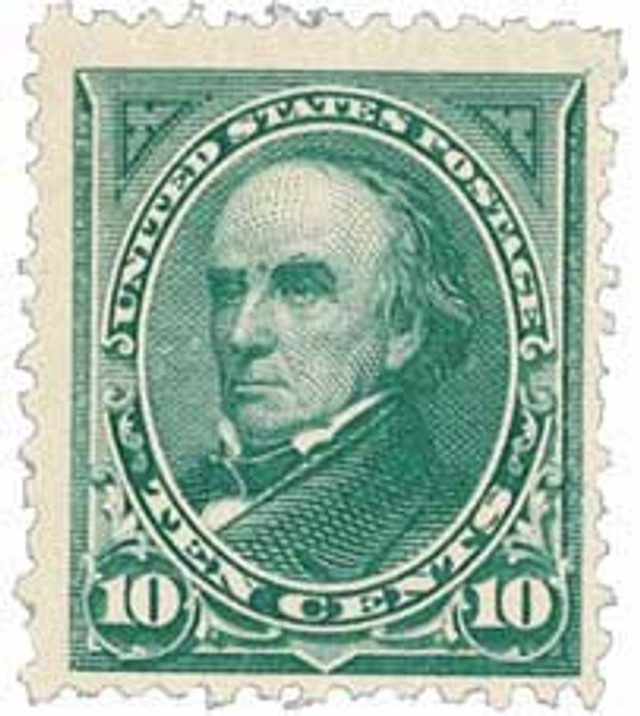
The story appeared on November 18, 1865, under the title “Jim Smiley and His Jumping Frog.” It was an immediate hit. Readers across the country were amused by Twain’s use of a deadpan narrator, the slow, deliberate storytelling style of the frontier, and the twist ending that showed how Jim Smiley, the gullible gambler, was tricked. Reprints quickly spread to other newspapers and magazines, and Twain found himself suddenly well-known for this odd but unforgettable tale.
Seeing its success, Twain revised the piece and retitled it “The Celebrated Jumping Frog of Calaveras County.” This version appeared in The Californian on December 16, 1865, and the new title stuck. The expanded version strengthened the humor, sharpened the contrast between the refined narrator and the rustic storyteller, and helped cement Twain’s reputation as a rising American humorist.
The popularity of the frog story opened new doors for Twain. In 1867, he gathered several of his sketches and stories into a book. Knowing that readers were eager for more of the style that had made the frog story so popular, he titled the collection The Celebrated Jumping Frog of Calaveras County, and Other Sketches. It became his first published book, marking the beginning of a long and extraordinary literary career.
What started as a simple mining-camp tale became the spark that transformed Samuel Clemens into Mark Twain—the voice of the American West and, eventually, one of the country’s greatest authors.
Click here to read the full text of Twain’s story.
| FREE printable This Day in History album pages Download a PDF of today’s article. Get a binder or other supplies to create your This Day in History album. |
Discover what else happened on This Day in History.



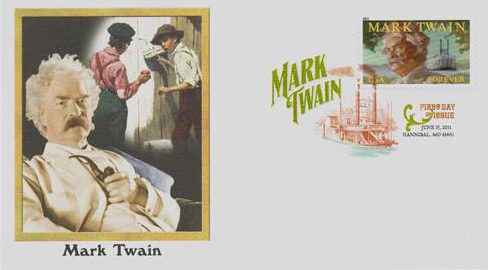
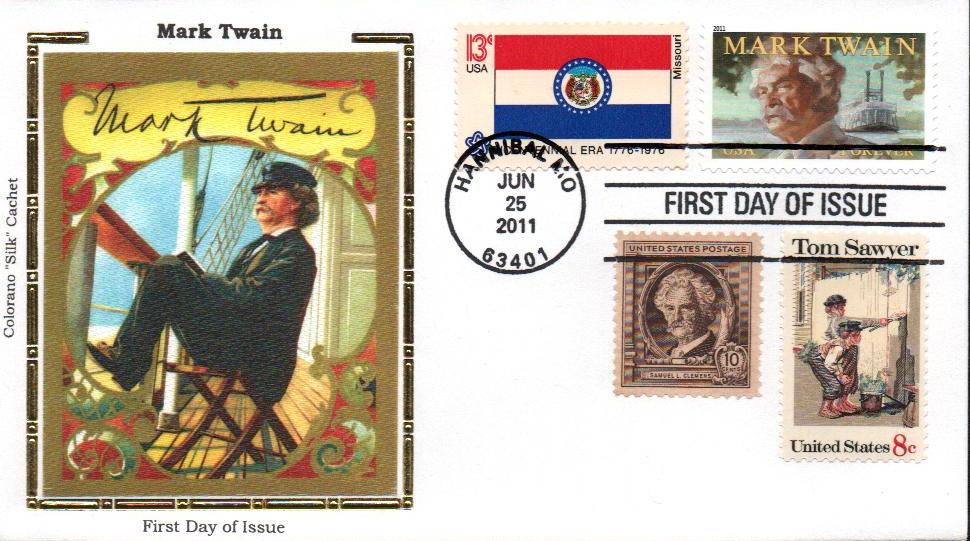
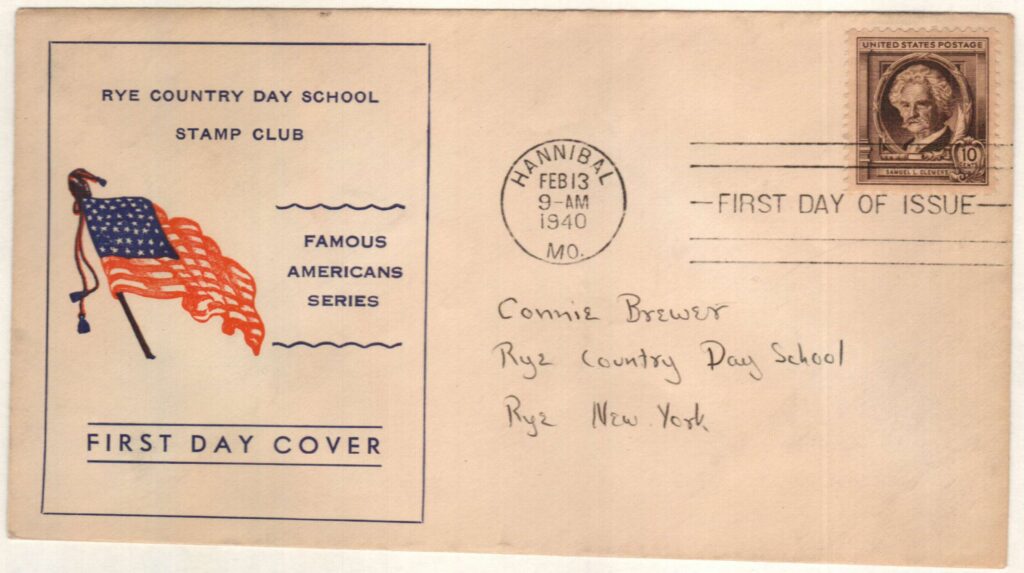
A delightful story….